About this time 48 years ago, the Sweet Briar train station was moved from its original location on U.S. 29 on the other side of the Amherst County college’s main entrance to its current spot on campus near Guion Science Center.
For decades, the station built in 1906 served as the first stop many young women encountered in their Sweet Briar experience. Long before the rise of automobiles, they were taken from there by horse and carriage to their college homes.
A surviving link to the college’s first days built the same year Sweet Briar opened its doors, the building also has been used as a coffee house and art studio. The historic structure currently is integral to the college’s long-range outlook as home to Sweet Briar’s Center for Human and Environmental Sustainability.
“The station has been such an important part of the college’s history. ... Now, it’s a key part of the college’s future,” said Lisa Powell, the center’s director, in a recent interview next to the historic structure. “This is a really excellent fit for the building because the station sits at the border of our academic and classroom buildings and the sites of many of our agricultural and conservation [endeavors] on campus, which are a huge part of the campus’s efforts to become greener and more sustainable.”
According to the 2015 book “Sweet Briar College” by Lynn Rainville and Lisa N. Johnston, who both worked at the college, Mary Kendrick Benedict, who served as Sweet Briar’s president from 1906 to 1910, arrived to campus via train. A coach belonging to the family of founder Indiana Fletcher Williams was repurposed to carry students to and from the train station. In the 1906-07 school year, the college’s first, 51 women enrolled with 15 day students and 36 boarders from 12 states, according to the book.
“One of the first features that had to be built was a train station,” a photo caption in the book by Rainville and Johnston reads. “Despite months of planning and a verbal agreement from the division of the superintendent of the Southern railroad, the formal permission to construct the station on the company’s right of way was delayed until the day before the students arrived. Instead, an omnibus driven by George B. Rhea was hired to protect the students from the elements when the train stopped.”
The station is currently used as a small classroom and meeting space for students and staff.
“A lot of students and visitors who come into the space say they really love the feel and talk about how special it feels to them,” Powell said. “Our students who are interested in and value sustainability, by and large our entire student population, are enjoying the repurposing and that it’s now one of our campus hubs for sustainable activities.”
The station and its accompanying railway caboose just feet away are a short walk from the college’s greenhouse, a vineyard, a 14-acre wildflower meadow, an apiary and a historic hay barn.
A spot where students watched trains carrying troops to World War I and President Franklin Roosevelt’s coffin passing by, Powell said its exterior closely resembles what the station would have looked like in those days and the interior has two main rooms: a small classroom and meeting space and a research and lab space.
Its interior configuration was renovated in the early 2000s with the college’s emphasis on environmental programs in mind, she said.
“As you sit inside and look at the windows, you could imagine a train going by,” Powell said. “We get lots of visitors who come here for meetings ... scratch their heads to figure out where the track used to run.”
Powell said she’s had many wonderful conversations with alumnae who tell stories about their personal memories of the station. Across a wide spectrum of those chats, she’s heard lots of excitement about the station’s current life as part of Sweet Briar’s commitment to sustainability as a priority for the institution.
The center facilitates student involvement in sustainability efforts on the campus of 2,840 acres, Powell said. The station’s scenic views of the apiary, grapes growing in the vineyard and a butterfly research garden frequented by monarchs during migration are among ways students connect with and experience those efforts.
“We really support partnerships and engagement with local, regional, state and national partners on agricultural preservation and environmental and cultural initiatives,” Powell said.
Students conduct research projects in the station.
“We now profligate some of the plants for our 26,000-square-foot greenhouse here in the station as well,” Powell said.
The college’s ecologically diverse landscape is a centerpiece of educational programming and used in courses throughout the curriculum in such areas as art, biology, archaeology and history, she said.
“We have so many beautiful places on our campus,” Powell said. “The train station certainly adds to the historic nature of our campus.”
"sweet" - Google News
January 04, 2022 at 10:30AM
https://ift.tt/32ZAkOn
Watch Now: Sweet Briar College train station in a key spot for college's agricultural, sustainability efforts - Richmond.com
"sweet" - Google News
https://ift.tt/2PcPlld
https://ift.tt/2KSpWvj
Bagikan Berita Ini
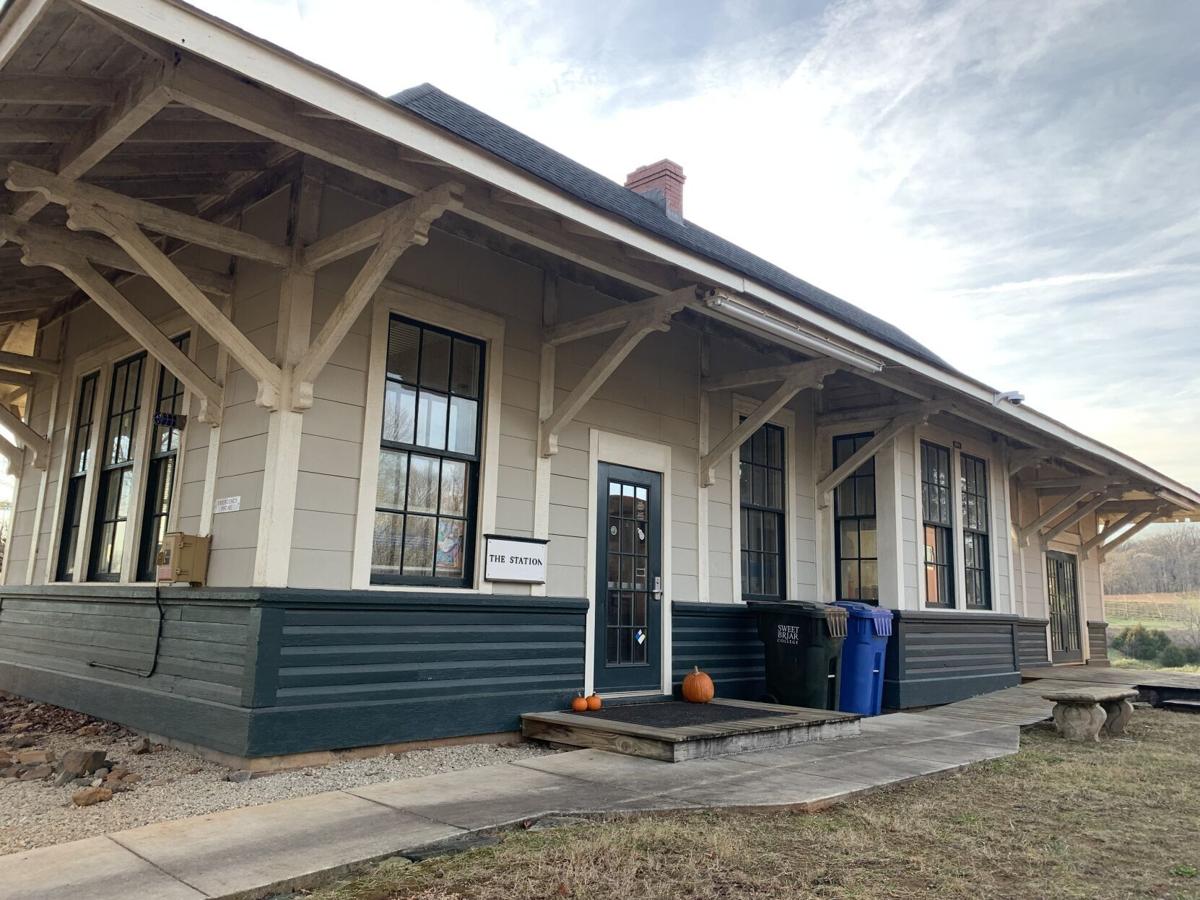
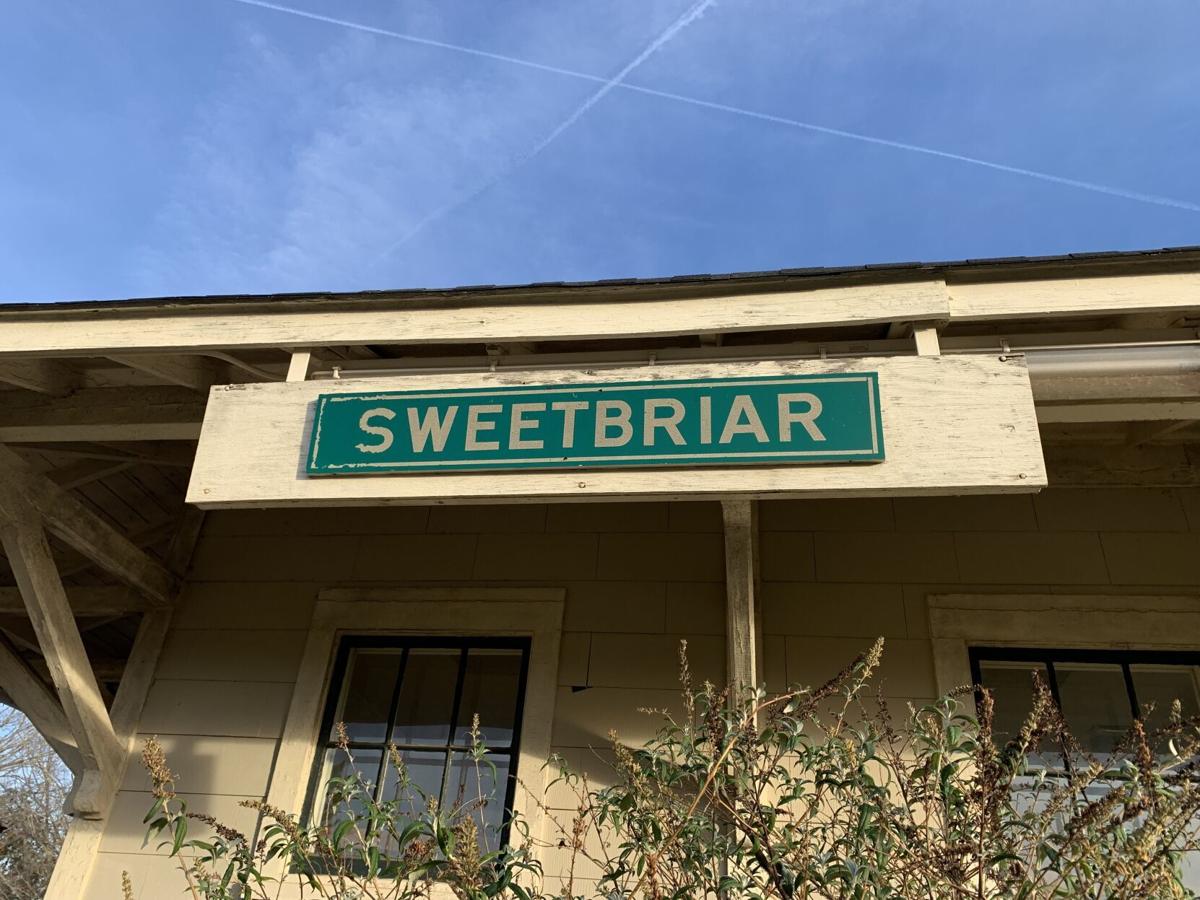
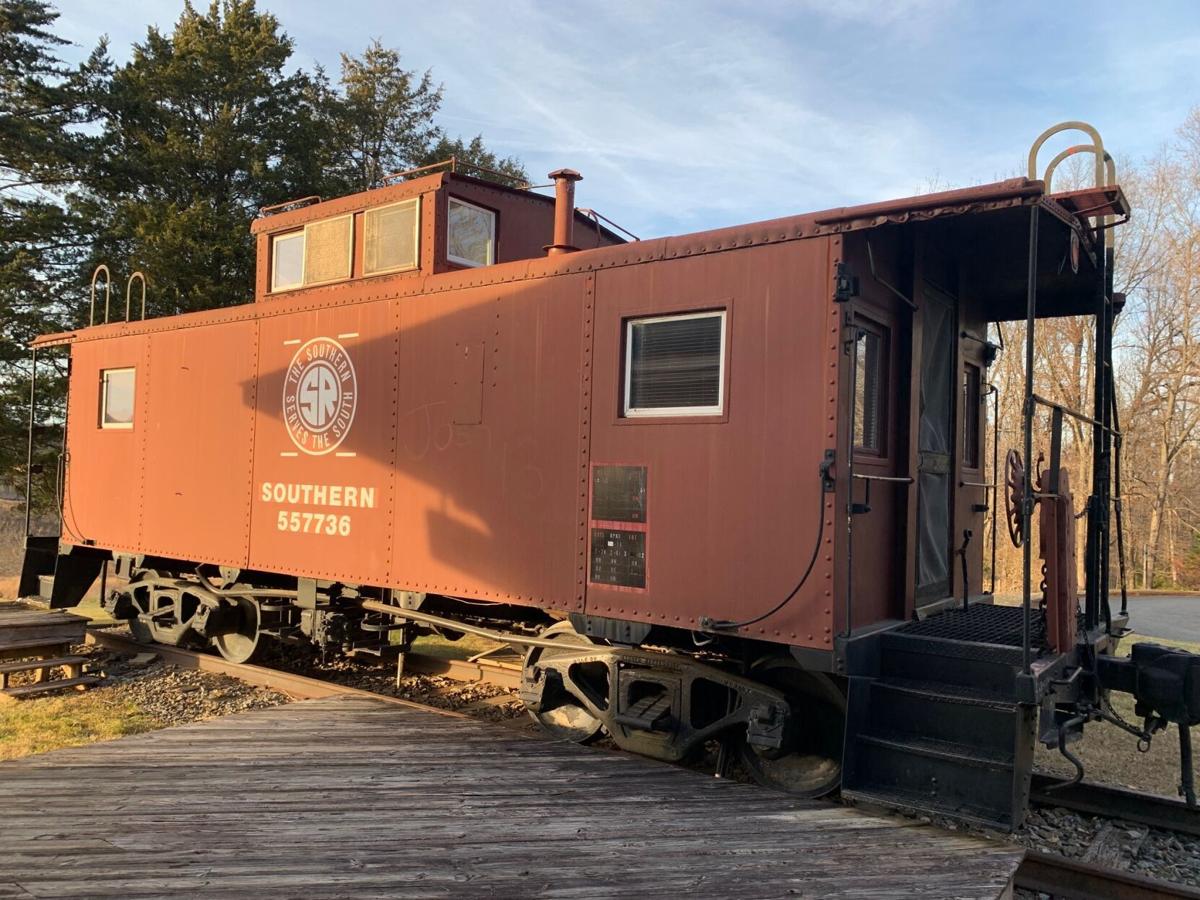
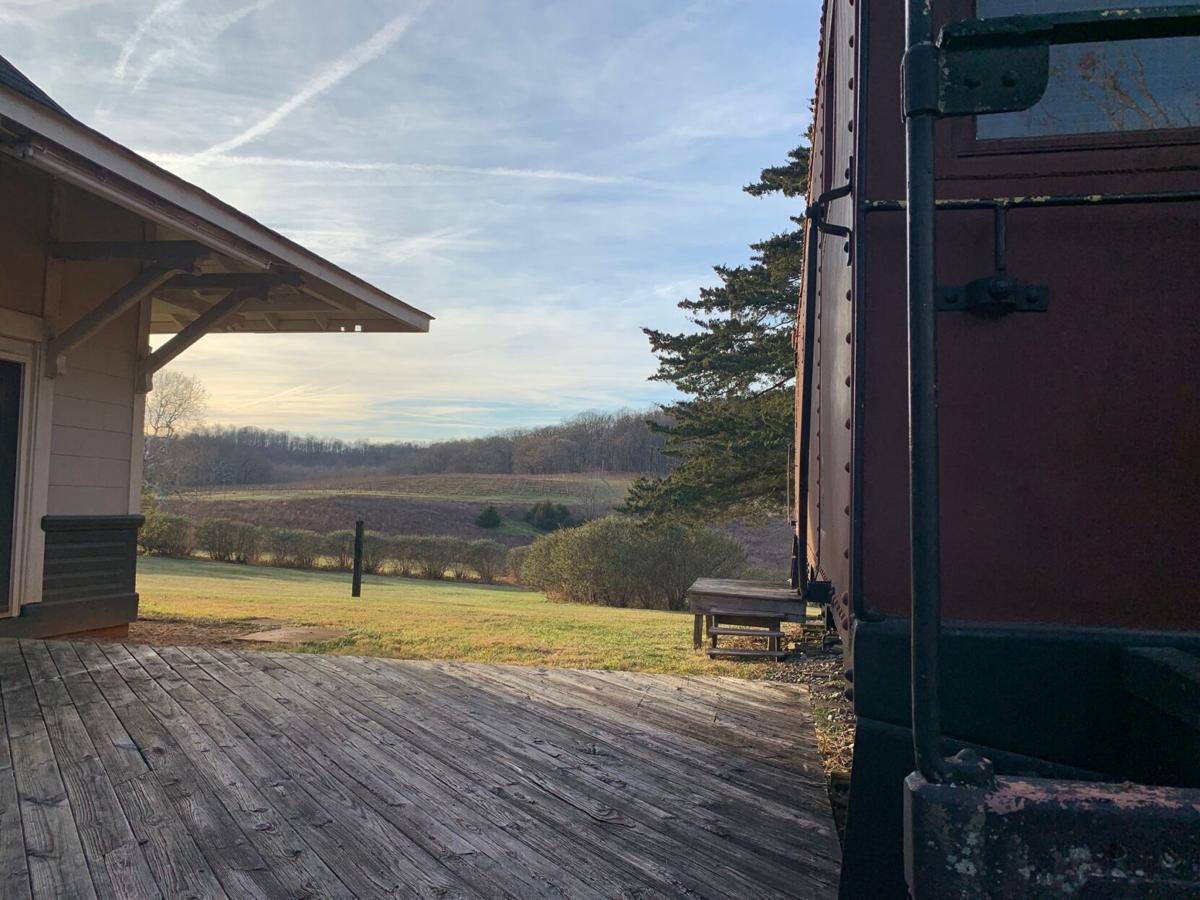
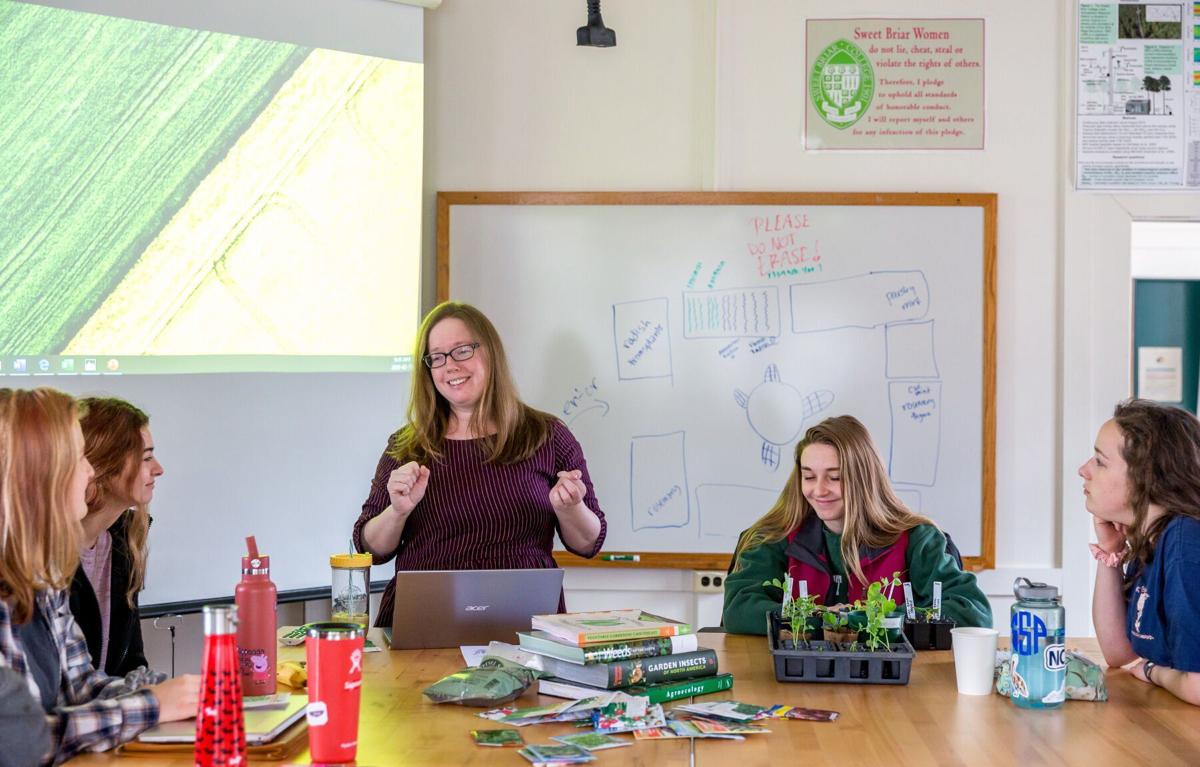















0 Response to "Watch Now: Sweet Briar College train station in a key spot for college's agricultural, sustainability efforts - Richmond.com"
Post a Comment